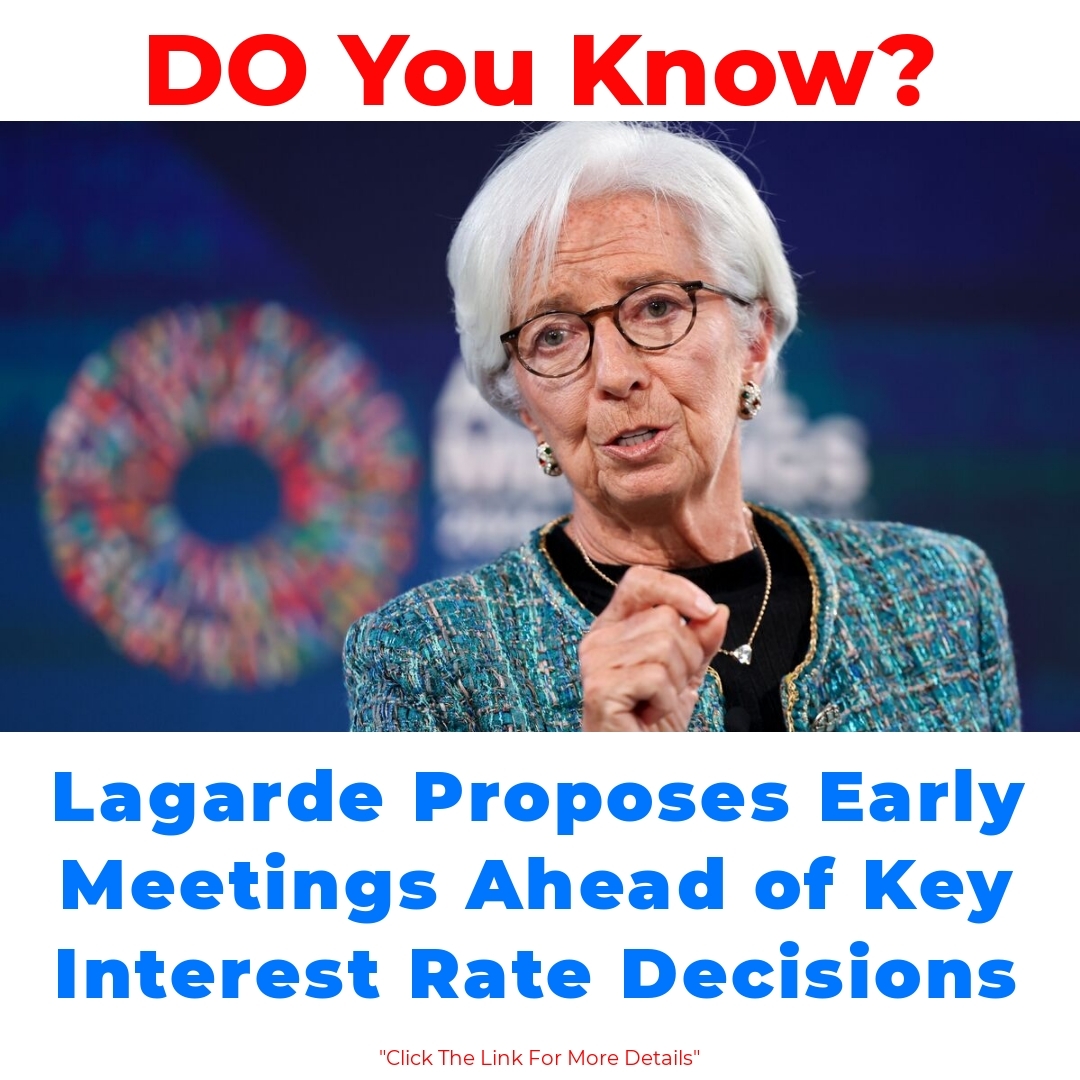The European Central Bank (ECB) plays a crucial role in shaping monetary policy across Europe, with significant implications for the economy. Under the leadership of Christine Lagarde, the ECB’s interest-rate strategies are closely watched. This article explores the forthcoming interest-rate decisions, highlighting their importance for economic stability and growth in Europe.

The Role of the European Central Bank in Monetary Policy
The European Central Bank, or ECB, has a vital mission: to maintain price stability across the Eurozone. This is fundamental for ensuring that the economy functions smoothly and that inflation remains under control. The ECB achieves this by making decisions on interest rates, which play a key role in shaping the monetary policy landscape.
When the ECB adjusts interest rates, it impacts borrowing costs for banks, businesses, and consumers. Lowering rates can stimulate spending and investment, while raising them typically aims to cool off an overheating economy. This balancing act is crucial for sustaining economic health in Europe.
Christine Lagarde’s Approach to Interest-Rate Decisions
Christine Lagarde has been at the helm of the ECB since late 2019. With her extensive background in international finance and politics, she brings a unique perspective to the role. Lagarde’s approach emphasizes collaboration and a forward-thinking mindset. Recently, she suggested that policymakers should start their meetings earlier before deciding on interest rates. This shift aims to foster more comprehensive discussions and ensure all viewpoints are considered.
Her monetary policy strategies reflect a commitment to adapting to changing economic conditions. Lagarde has always stressed the importance of a cautious and proactive approach, understanding that interest-rate decisions can have ripple effects throughout the economy.
The ECB Meeting Schedule: Importance of Timeliness
The ECB follows a structured meeting schedule throughout the year, typically including eight key meetings where interest-rate decisions are made. The timing of these meetings is essential because it allows the ECB to respond promptly to economic developments. Lagarde’s recent push for earlier meetings suggests a desire for more agility in decision-making.
By starting discussions sooner, decision-makers can benefit from more thorough analysis and prepare for diverse scenarios, ultimately leading to more effective monetary policy responses. This change could enhance the entirety of the ECB’s meeting schedule and improve the transparency of their decision-making process.
The Economic Outlook and Interest-Rate Decisions
The current economic outlook in Europe significantly influences the ECB’s interest-rate decisions. Factors like inflation rates, employment statistics, and overall economic growth provide a backdrop for these critical choices. If inflation is rising too quickly, for instance, the ECB may lean toward increasing interest rates to temper spending and bring prices back in line.
Conversely, if the economy shows signs of slowing down, lower interest rates might be on the table to encourage growth. Understanding the impact of interest rates on the European economy is essential, as these adjustments can impact everything from consumer spending to business investments and job growth.
Future Predictions: What to Expect from the ECB
As we look ahead, there are several potential scenarios for future interest-rate decisions. Macroeconomic indicators, alongside Lagarde’s insights and proposals, will guide policymakers in making informed choices. A clearer understanding of the European Central Bank interest-rate decisions schedule will be crucial as these decisions unfold in response to real-time economic developments.
While it’s challenging to predict the exact outcomes, many analysts believe that Lagarde’s commitment to collaboration and transparency will play an essential role in shaping future monetary policy. As we navigate uncertain times, the actions taken by the ECB under her leadership will be pivotal for European economic stability.
Conclusion
In summary, understanding the European Central Bank’s interest-rate decisions under Christine Lagarde’s leadership is key for grasping the future of the European economy. Lagarde’s innovative strategies, coupled with a diligent response to economic indicators, will continue to influence monetary policy. As the ECB moves forward, staying informed about their upcoming interest-rate decisions will be crucial for everyone involved in or affected by the European economic landscape.
Whether you’re a business owner, investor, or simply an interested citizen, keeping an eye on the ECB’s developments will help you navigate the complexities of the financial world. So, let’s stay alert for the latest news from the European Central Bank as these significant decisions take shape.
Frequently Asked Questions
1. What is the primary role of the European Central Bank (ECB)?
The ECB’s main mission is to maintain price stability across the Eurozone, which is essential for a smoothly functioning economy and controlling inflation.
2. How does the ECB influence interest rates?
The ECB adjusts interest rates to impact borrowing costs for banks, businesses, and consumers. Lowering rates encourages spending and investment, while raising rates aims to cool down an overheating economy.
3. What is Christine Lagarde’s approach to monetary policy?
Since late 2019, Christine Lagarde has emphasized collaboration and a forward-thinking mindset in her approach to interest-rate decisions. She suggests starting meetings earlier to ensure comprehensive discussions are made before deciding on interest rates.
4. How often does the ECB meet to discuss interest rates?
The ECB typically holds eight key meetings throughout the year to make interest-rate decisions, with the timing being crucial for responding promptly to economic changes.
5. What factors influence the ECB’s interest-rate decisions?
- Inflation rates
- Employment statistics
- Overall economic growth
These indicators provide a backdrop for making important choices. If inflation rises rapidly, the ECB may increase interest rates, while a slowing economy may lead to lower rates to encourage growth.
6. What predictions can be made about the future of ECB interest-rate decisions?
Future interest-rate decisions will be guided by macroeconomic indicators, along with Lagarde’s insights and proposals. Analysts believe that her focus on collaboration and transparency will significantly shape future monetary policy.
7. Why should I keep an eye on the ECB’s developments?
Staying informed about the ECB’s interest-rate decisions is crucial for anyone affected by the European economy, whether you’re a business owner, investor, or citizen. It helps navigate the complexities of the financial world.





